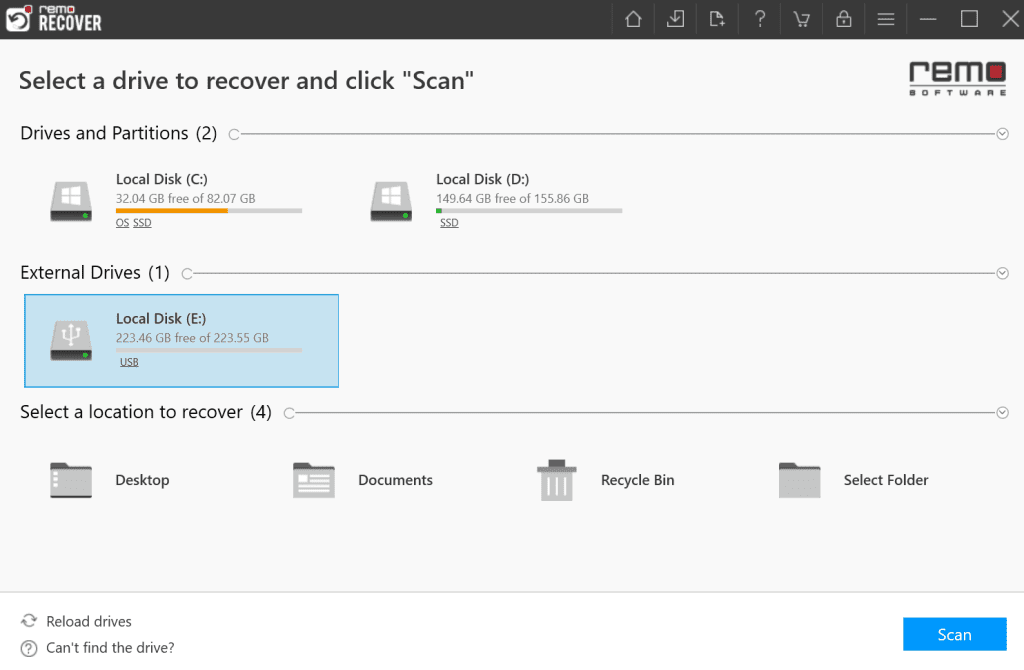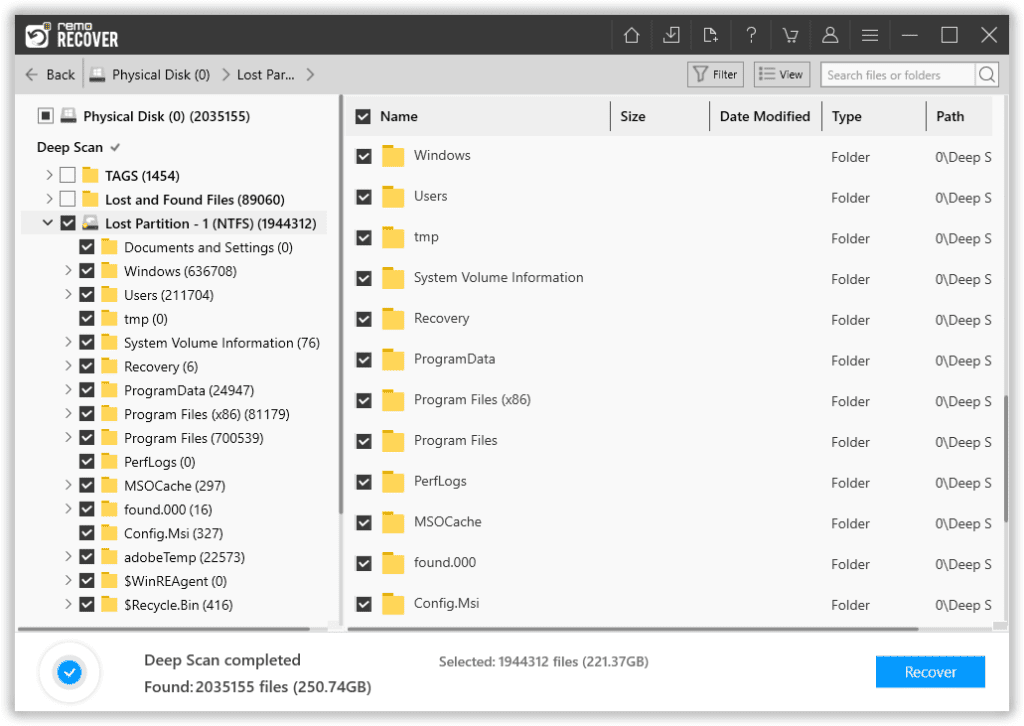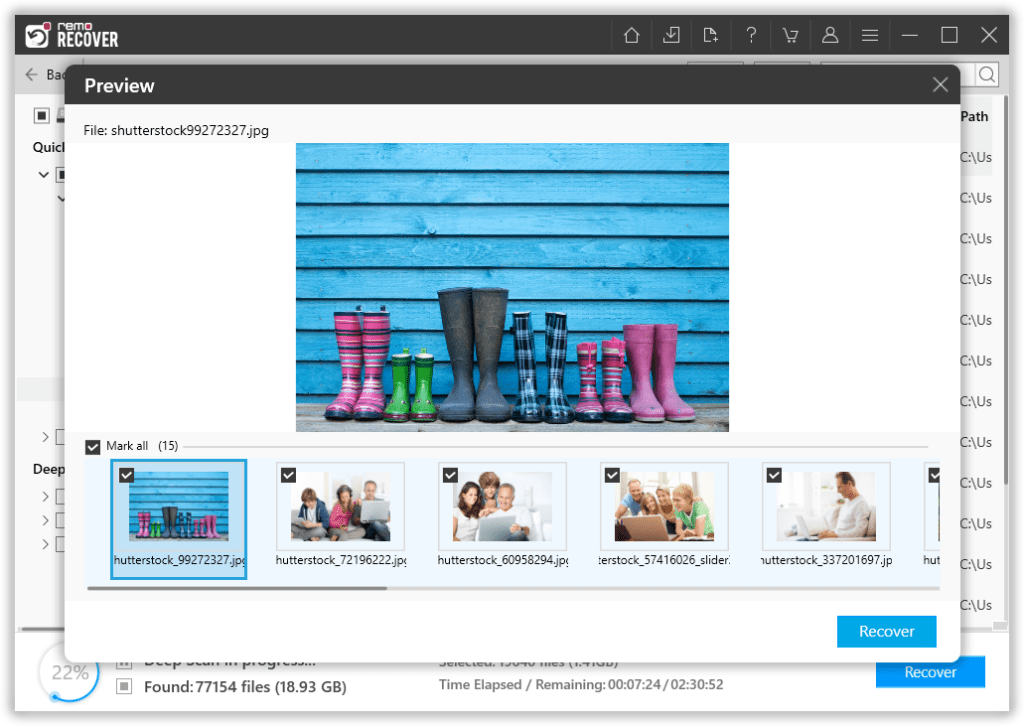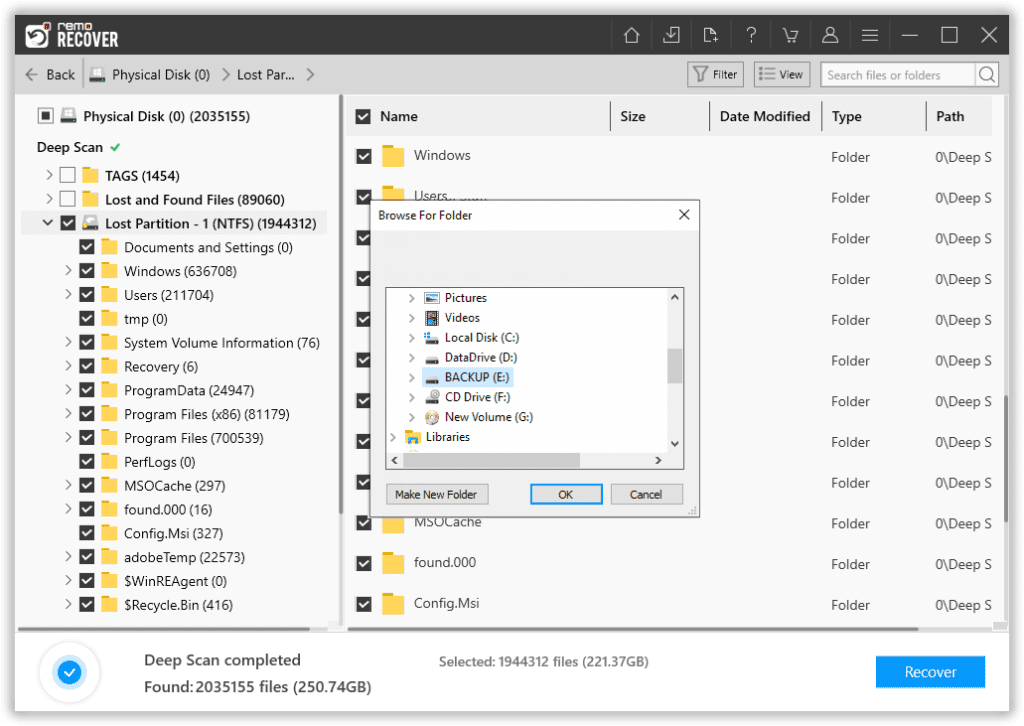The concept of "low level format" has evolved over time. Today, it commonly refers to the practice of completely overwriting a storage drive with zeroes, effectively erasing all data. While many users and organizations employ low level formatting to ensure the permanent deletion of sensitive information, there remains a persistent question: can you recover data after a low-level format? In this article, I will delve into this topic, exploring the possibilities, exceptions, and methods for data recovery after a low-level format.
What is Low Level Formatting?
Before diving into the recovery process, let's clearly understand what low-level formatting entails. Low-level formatting, often referred to as a "zero-fill" format, is a process that erases all data on a storage device, including the file system structures. It essentially sets the drive back to its factory state, making data recovery challenging.
Is It Possible to Recover Data After a Low Level Format?
No, data recovery after a low-level format is impossible, and for a good reason. Unlike regular formatting, where Windows sets up a file system and partition table while retaining the old data, low-level formatting directly writes zeroes to every bit of the storage drive. This process effectively restores the drive to its factory state, making any attempt at low-level format data recovery futile.
The possibility of data recovery after a low-level format depends on how you handle the formatting process. Since low-level formatting can take a significant amount of time, there are scenarios in which data recovery might still be possible:
- Cancellation during Low-Level Formatting: There might be hope if you interrupt the low-level formatting process while it's in progress.
- Unforeseen Interruptions: In cases where external factors, such as power cuts, disrupt the low-level format, recovery may be possible.
- Formatting Failure: When the low-level format process fails to complete correctly, recovery becomes a possibility.
Also Read: How To Recover Data From Formatted Partition?
How To Retrieve Data After a Failed or Incomplete Low-Level Format
Before delving into data recovery methods, it is crucial to understand that any attempt to recover data after a completed low-level format is futile. Recovery efforts should focus on drives where the formatting process was not finalized. Here are three viable methods:
Method 1: Recover Data After Low Level Format Using Data Recovery Software
You can retrieve data after a low-level format, especially in scenarios where the formatting is partial, by employing professional data recovery software like Remo Recover. This software is renowned for its robust data recovery capabilities and can handle a wide array of data loss situations.
Remo Recover supports the recovery of over 500 file formats and offers a free trial that allows you not only to download the software but also to preview the recovered files without any cost.
Download this tool and follow the below-mentioned steps to recover data after low level format:
Steps to Recover Files After Low Level Format Using Remo Recover
- Download and install Remo Recover software on your computer, and connect the low-level formatted drive to the same computer.
- Launch the software and, from the main screen, select the low-level formatted drive, then click on the "Scan" button.

- Once the scan process is completed, you can find your recovered data in the "Lost and Found" or the "Lost Partition" folder.

- You can double-click on any file to Preview it for free. Moreover, you can use features of this tool, like advanced filters and a search box, to search and sort the files.

- Select the files you want to recover and hit the "Recover" button. This tool will prompt you to choose a location where you want to save the files. Choose a location and click the "OK" button to complete the low level format recovery.

Also Read: How to Recover Data From Formatted SSD?
Method 2: Seek Professional Data Recovery Services
When the chances of data recovery seem slim, a professional data recovery service can work wonders, especially when dealing with low-level formatted drives. However, it's important to note that such services often come at a higher cost than software solutions.

When selecting a data recovery service for your low level formatted hard drive recovery, consider these key factors to ensure a successful experience:
- ISO Certification: Choose a service with ISO certification, demonstrating adherence to international quality and security standards.
- Clean Room: Ensure they use a Class 100 clean room to prevent contamination during recovery.
- Guaranteed Recovery: Opt for a service that guarantees low level format data recovery after a thorough analysis.
- Security and Reliability: Prioritize a secure and dependable service with safeguards for data protection.
- Confidentiality: Ensure complete confidentiality of your retrieved data from the low level formatted hard drive.
- "No Recovery, No Charge": Look for a service implementing a "No recovery, no charge" policy, saving costs if the low level format recovery is unsuccessful.
- Free Shipping: Some services offer free shipping for your hard drive, enhancing convenience and cost-effectiveness.
Method 3: Recover Using Previous Backup
If you have backups of your data made before the low-level format, you can restore your files from those backups. Here are the steps to follow to restore data after low level format:
- Locate your backup files on an external drive, cloud storage, or elsewhere.
- Connect any external backup devices.
- Open your backup software (e.g., Windows Backup, Time Machine, or a third-party tool).
- Access the restore or recovery section within the software.
- Choose a backup date before the low-level format when your data is intact.
- Select the specific files or folders to recover.
- Initiate the restore process to copy files back to your computer.
- Verify data restoration by opening files and folders for accessibility and integrity.
When and Why to Perform Low Level Format?
Below, I have added some scenarios in which you might perform a low-level format. However, it is important to note that whether you choose quick format, full format, or low-level format, formatting a drive will surely erase all your data. That's why it is very important to take backups of computer, especially when performing a low-level format, where the chances of data recovery are minimal.
| Scenario | Reason to Perform Low-Level Format |
| 1. Data Sanitization | Completely erase sensitive data, making it difficult to recover. |
| 2. Bad Sectors | Attempt to recover or mark bad sectors on the disk for continued use. |
| 3. Disk Maintenance | Improve disk performance by resetting it to its initial state. |
| 4. Virus or Malware Removal | Remove stubborn malware or viruses that normal formatting can't address. |
| 5. Troubleshooting | Resolve disk-related issues or corruption that can't be fixed otherwise. |
Note: In most cases, if you need to format a drive, a regular quick or full format as provided by your Operating System's disk management tools should suffice. These formats allow you to erase data while preserving the drive's structure.
If you have specific concerns about data security or data recovery, it's better to use encryption, securely delete files, or follow proper data sanitation practices rather than resorting to a low-level format.
Conclusion
While low-level format recovery is generally considered impossible, exceptions do exist under specific circumstances. Users who have interrupted or experienced low-level formatting failures may still have a chance at recovering their data. Whether opting for data recovery software or professional services, understanding the limitations and possibilities is crucial when attempting to retrieve data from a low-level formatted storage drive.